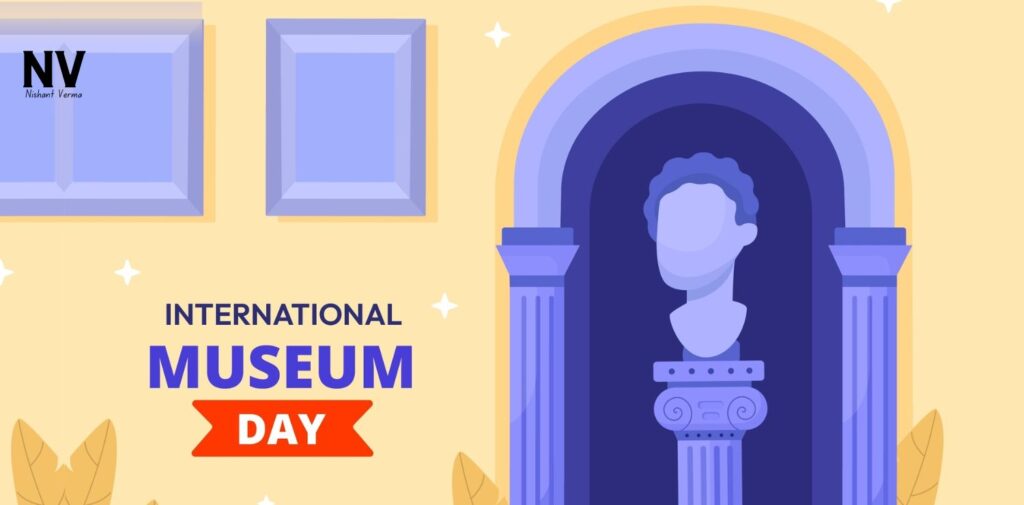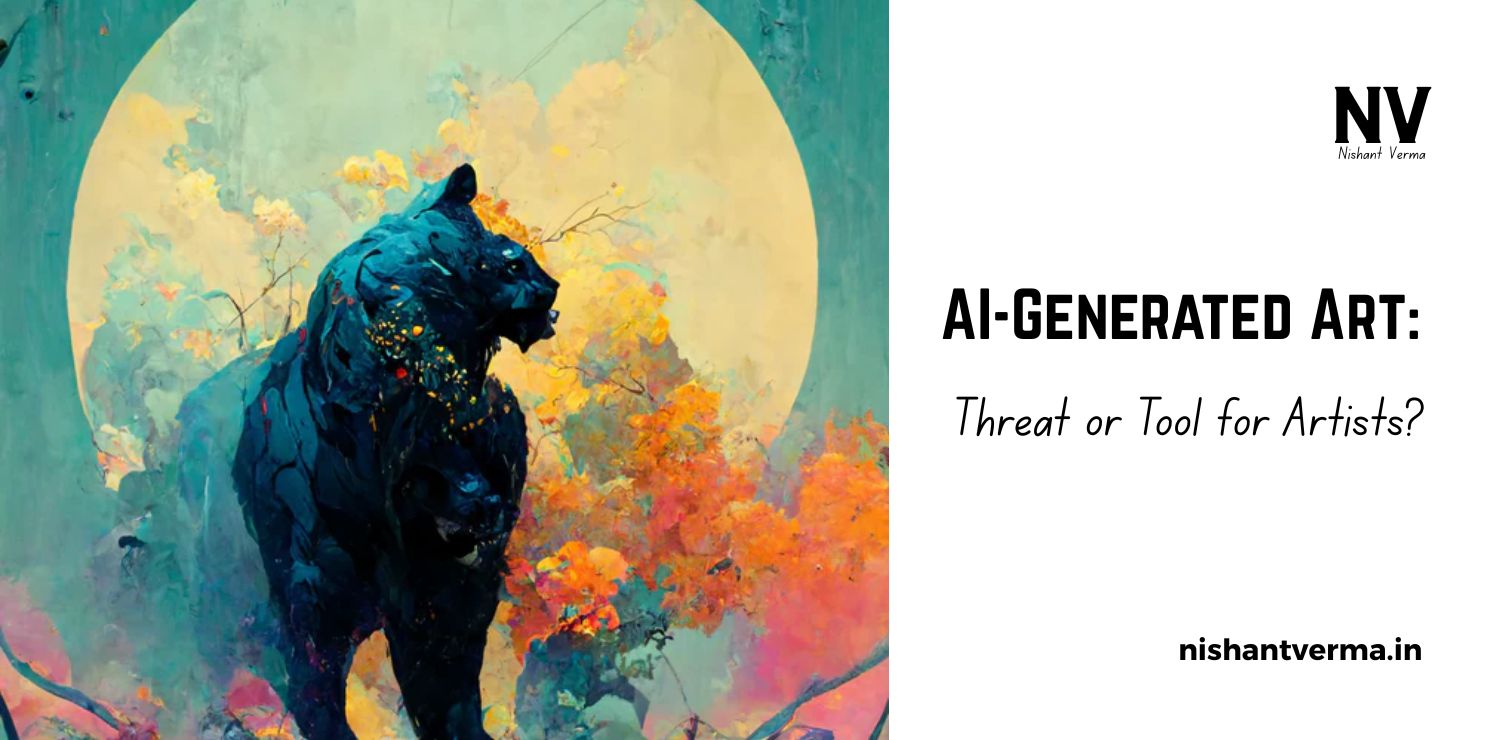Every year on 18th May, the world celebrates International Museum Day. It is a day dedicated to the importance of museums in preserving culture, history, and knowledge. Museums are not just buildings filled with old objects. They are living libraries of human achievement, creativity, and tradition. International Museum Day is celebrated globally, including in India, to raise awareness about the role museums play in shaping society. For Indians, where culture and history are deeply rooted in every corner, this day holds even more significance.
Let’s explore why museums matter, how they benefit society, and why visiting them can be one of the most enriching experiences, especially for students, youth, and families.
The importance of museums in our lives
Museums are treasure houses of history, art, science, and culture. They protect and display items of great value that help us understand our past and build a better future. Whether it’s the ancient tools of the Harappan civilization or the paintings of Raja Ravi Varma, each item in a museum tells a unique story.
In India, museums preserve the vast cultural diversity that spans across different regions and centuries. They help us stay connected to our roots and learn about our ancestors’ lifestyle, traditions, struggles, and achievements. By visiting a museum, we don’t just see objects, we witness stories, emotions, and wisdom passed down over generations.
Moreover, museums play an important role in education. They provide real-world experiences that complement what students learn in books. A student studying ancient Indian architecture can see actual models and relics in a museum. A science enthusiast can witness experiments and models that explain natural phenomena. This makes learning interactive and exciting.
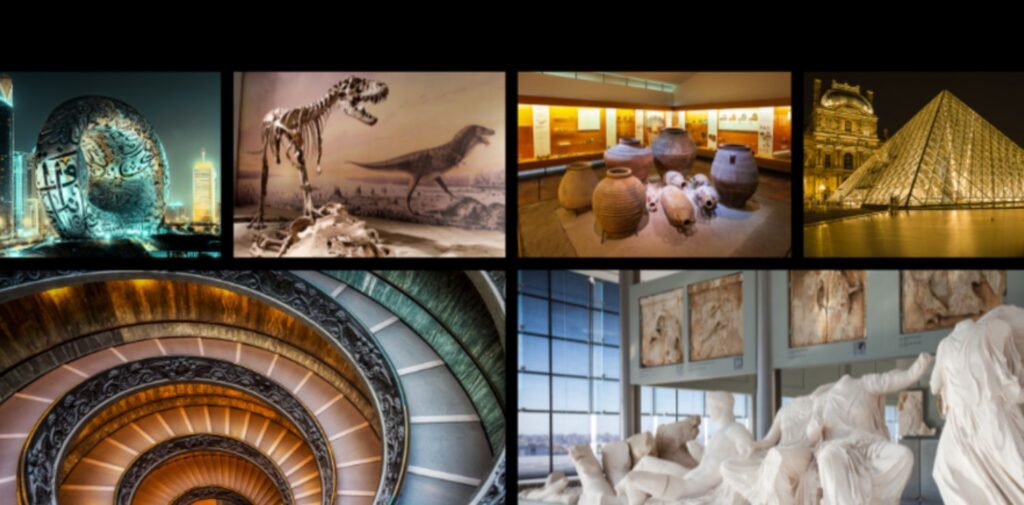
International Museum Day – A global and national celebration
International Museum Day is organized by the International Council of Museums (ICOM). Each year, a specific theme is chosen to highlight a particular aspect of museums. For example, past themes have included “Museums for Equality” and “Museums and Sustainable Development.” The aim is to encourage people to visit museums, participate in educational events, and realize their value in our day-to-day lives.
In India, many museums take part in this celebration by offering free entry, organizing special exhibitions, workshops, and guided tours. Schools and colleges are encouraged to take students on field trips to nearby museums. Cultural programs are also arranged to showcase local heritage and encourage youth involvement.
International Museum Day celebration is not only about visiting museums but also about understanding their role in building peace, encouraging creativity, and promoting dialogue among different communities.
Famous museums in India you should know about
India is home to hundreds of museums spread across its vast and diverse land. Each of them has something unique to offer. Here are some of the most well-known museums in the country:
The Indian Museum in Kolkata is the oldest and one of the largest museums in India. Established in 1814, it houses rare collections of antiques, fossils, ornaments, and armours.
The National Museum in New Delhi has artifacts from all parts of India, including ancient sculptures, manuscripts, coins, and artworks from the Indus Valley Civilization to the modern era.
The Salar Jung Museum in Hyderabad has one of the largest one-man collections of antiques in the world. It includes items from different countries and cultures such as Persian carpets, Japanese art, and European furniture.
The Chhatrapati Shivaji Maharaj Vastu Sangrahalaya in Mumbai, formerly known as the Prince of Wales Museum, offers a mix of ancient Indian art and foreign artifacts.
There are also unique museums like the Rail Museum in Delhi, the Tribal Museum in Bhopal, the Partition Museum in Amritsar, and the Dr. Bhau Daji Lad Museum in Mumbai, each offering a distinct experience.
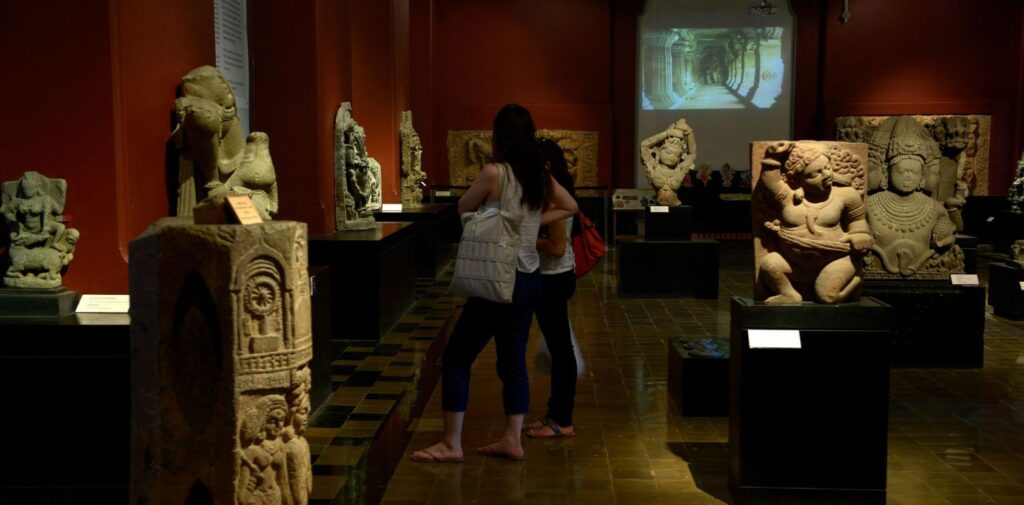
Why every Indian should visit museums
In today’s fast-moving digital world, many people, especially the younger generation, are losing touch with their cultural roots. Museums act as a bridge between the past and the present. They help us appreciate where we come from, which in turn shapes our identity.
Visiting a museum is like taking a journey through time. You can explore the richness of Indian traditions, learn about freedom fighters who sacrificed their lives, understand the progress of science in our country, and see how different cultures have influenced each other over time.
For students and children, museums are an excellent source of inspiration. Seeing the scientific inventions of Indian minds, the bravery of historical figures, and the creative excellence of Indian artisans can spark a sense of pride and motivation.
Moreover, museums promote tourism. Cultural tourism is growing rapidly in India. Tourists from around the world visit Indian museums to learn about its diverse heritage. This helps in boosting the local economy and also creates jobs.
How we can make museums more attractive
Many people think museums are boring places with dusty objects and long explanations. But that is changing. Modern museums are becoming more interactive, using digital technology, audio-visual guides, and storytelling methods to make exhibitions more interesting.
In India too, there is a need to upgrade our museums and make them more engaging for all age groups. Introducing virtual reality, touchscreen kiosks, short films, and child-friendly activities can make a big difference.
We can also involve students in curating exhibitions, organising quiz contests, heritage walks, and art competitions. Schools and colleges can adopt local museums and help in preserving them. Encouraging families to spend weekends at museums instead of malls or movie theatres can also create more awareness.
Museums should also focus on regional and tribal heritage. India’s richness lies in its villages and tribal cultures. Special exhibitions on folk music, rural crafts, traditional textiles, and ancient farming tools can make museums more relatable to common people.
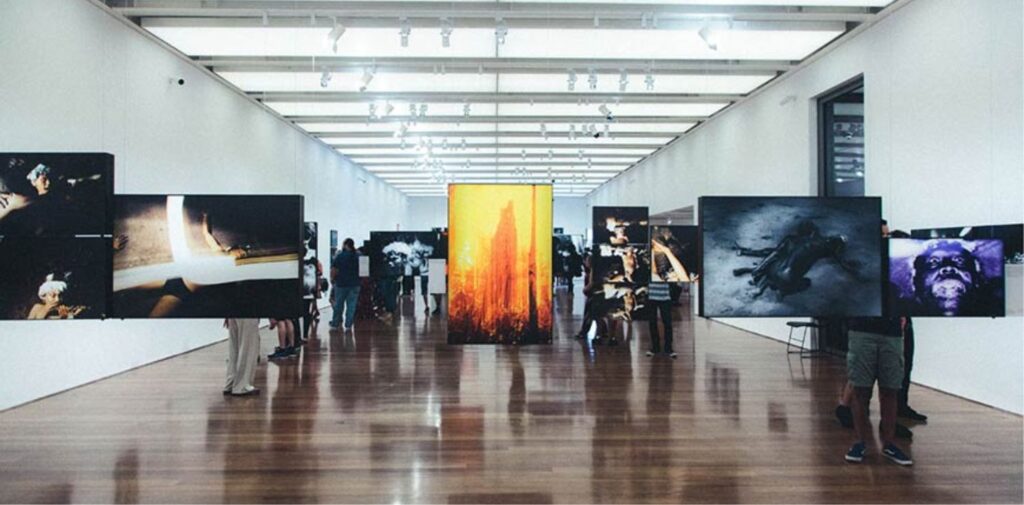
Let’s celebrate and support our museums
International Museum Day is not just a day to visit a museum. It is a reminder that our heritage is our strength. The objects we see in a museum are not just old items – they are witnesses of time, symbols of creativity, and carriers of knowledge.
As Indian citizens, it is our responsibility to support and promote our museums. Whether it’s through visiting them, donating, volunteering, or simply spreading awareness, every small effort counts.
Parents should take their children to museums. Teachers should plan regular museum visits. Governments should invest in improving museum infrastructure. And youth should take pride in their history and culture.
In the end, a country that respects its past is better prepared for its future. Museums help us remember where we came from, so we know where we are going. On this International Museum Day, let’s promise to keep our heritage alive, not just in books but in our hearts and actions.
Let’s visit a museum – and take a journey through time.

